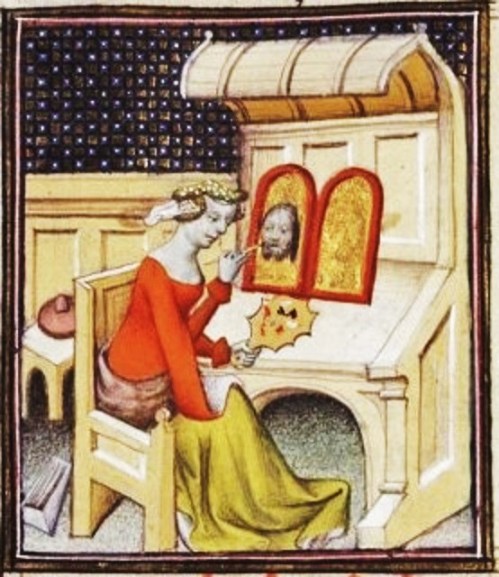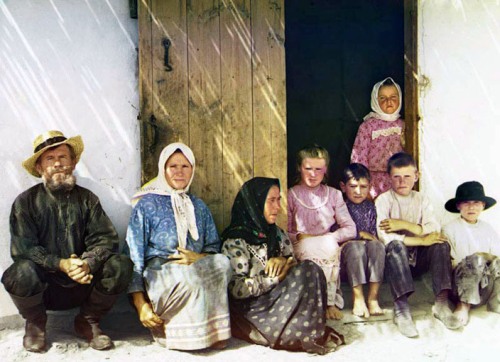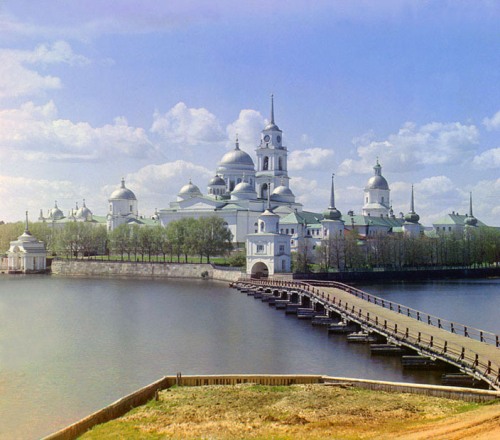
Can you at least get my surname right?!
I knew when I turned 50 last November that I automatically qualified for membership in the AARP. But, it wasn’t until last week when I received a “Senior Information Update” mailer from some previously-unknown insurance firm that I realized I’m actually more than half past my life expectancy. The offer isn’t just for insurance. It’s for death insurance! I looked at the little rectangular piece of paper and responded the only way someone who doesn’t plan to die anytime soon would: “What the fuck?!”
As a teenager, I was a pretty good kid in that I respected my parents and other adults. But, I was a normal kid in that I often joked with my parents about their age. Then, one Christmas Eve at my grandmother’s house, I was talking with a second-cousin who was about 9 or 10. He was telling me about his new collection of video games. He then looked at me and said frankly, “Oh, I guess they didn’t have those in your day.”
No, they didn’t, I muttered quietly. And, go to hell, you little fucker!
I still thought it was funny and told both my mother and my second-cousin’s paternal grandmother (my father’s sister-in-law). My mother reacted as you might expect: “Ah-hah! Now, you know how age jokes feel!”
Okay, but kids say the strangest things. I looked at the mailer again and contemplated so many things about my life. Why did I end up an only child? Why wasn’t I born with purple eyes? Why did I develop allergies to ragweed, instead of alcohol? You know – the average, every day questions that only a Spanish / Mexican Indian / German bi-guy who likes dogs more than people and writes freaky stories about humanity’s irrelevance would ask.
But, death insurance? I haven’t even had health insurance since I got laid off from the engineering firm in October 2010! Now, I’m supposed to start planning for my death. Well, I suppose everyone should. The issue takes on slightly more significance once you reach age 40.
The father of one of my best friends died somewhat unexpectedly 10 years ago. He’d been sick for weeks, and my friend, James*, finally convinced him to make a doctor’s appointment. His father (like my father) was from that generation of macho men who didn’t go to the doctor until some body part was falling off. On the day his father was scheduled to visit the doctor, the old man decided not to go. James had taken off from work to drive him over there – and, at the last minute, his father said to hell with it. Whereupon he stepped into the front room – and collapsed. By the time paramedics got him to the hospital, he was dead. I later told James that his father probably sensed he was going to die anyway. Why waste a morning at the doctor’s office when you can drop dead in the comfort of your own home?
Neither of James’ parents had made funeral arrangements. He’d had a rough time just convincing them to compose wills. Again, they were from that generation where people just didn’t do that. But, amidst the grief of seeing their father convulsing on the floor and carried away in an ambulance, James and his family had to cobble together funeral arrangements within a matter of days. Under such circumstances, Dallas County doesn’t give families much time for planning and coordinating burials. They need that freezer space in the morgue for all the drug overdose and gunshot victims. After his father’s funeral, James managed to convince his mother to make her own funeral arrangements.
My parents took care of theirs years ago. They have their plots established at a local cemetery. But, me? I only have a will that gives everything to them, or – if they’re deceased – to be sold off with the proceeds going to the Texas SPCA. As I said, I like dogs more than people. If I could, I’d like to be buried in my white dinner jacket and entombed in my truck. But, I think I’d also like to be cremated and have my ashes embedded into a new kind of electronic device I’ll call the “I-Bod.” The “I-Bod” will be a mini-computer / Kindle-type device to be sold only to smart people who like to read and conduct actual academic-style research to help them learn and understand their world better. That means it’ll be a limited edition piece.
Here’s another thing people do more frequently when they get to that “Certain Age:” they read the obituaries. I’ve taken to glancing at them daily. A decade ago I just skipped that section, never giving it another thought. I’d only learn of someone’s death through a relative or a friend. But, that’s the way it is. For most people, our behavior changes as we age. I’ve grown more aggressive and less shy. In other words, I’ve turned into a mean old bastard! But, I still love dogs.
*Name changed.



























































